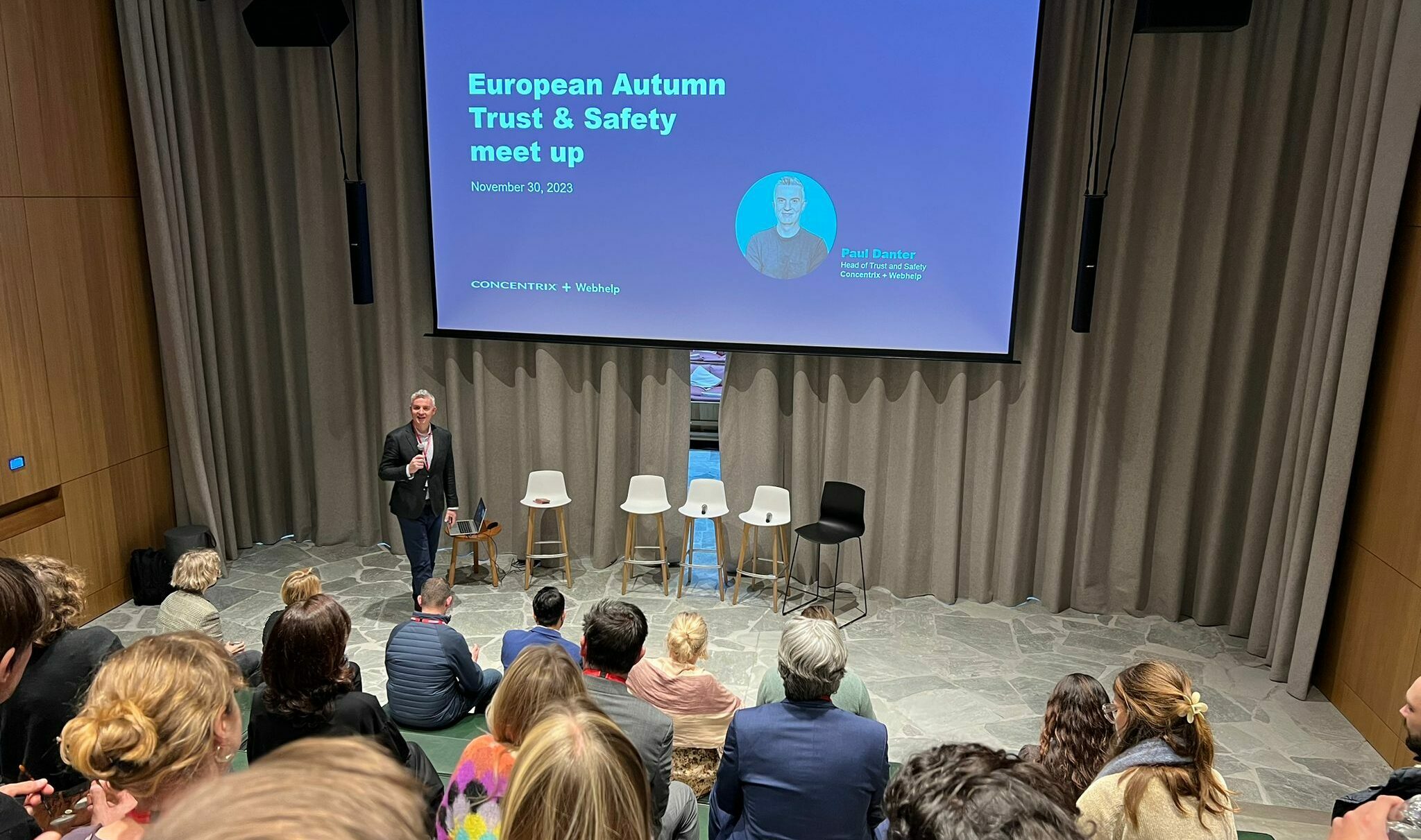With millions of conversations now taking place on social media, there is a great opportunity for marketers to actively listen to communities and engage with audiences that brands couldn’t even reach.
Here are five steps for leading an efficient, proactive social engagement approach:

1) Define your objectives
When starting a proactive engagement approach on social, the question you need to ask yourself is what you actually want to get out of it: Do you need to increase sales? Would you like to improve your brand awareness? Do you want to communicate on an event or the launch of a product? Etc.
Together with this objective, you should also decide on the length of your campaign as this will establish the framework for your project and determine your approach.
2) Choose the teaser
Based on the objective for your campaign, you will need to decide how you would like to trigger engagement: Which types of conversations do you want to engage in?
- In conversations where your brand is mentioned?
- In conversations where your competitors are mentioned?
- Or maybe in conversations where users talk about a specific subject, related perhaps only remotely to your brand? (the weather, holidays, art etc.)
There could potentially be several types of conversations in which you will engage, but if you do decide to choose several, you should identify an objective for each of them.
Finally, in conjunction with your teaser, you should choose the right “call to action”, which needs to be appropriate for your audience and for your campaign: A discount, a link to a website, a link to a form, an appointment proposition, a PM with personalised information, etc…
3) Choose your customers segment
Deciding on the types of client that you intend to address will not only help you target the right people but also allow you to be more consistent with your message and your tone. Keeping your audience in mind will help you to remain focused when engaging with them which will therefore increase the effectiveness of your campaign.
Your choice of segment could be based on gender, demography, age, as well as on communities or interests.
4) Choose your platform of engagement
If you are a B2C brand, Twitter is probably your best ground for development as most profiles are public and conversation is inherent to the DNA of this network. However you still need to make sure that your engagement efforts are not perceived as intrusive.
For a B2B brand Linkedin is probably more appropriate however it might be more difficult to access conversations as this network is not as open as Twitter (especially in groups, which can be private).
5) Define KPIs
In order to be able to drive a successful proactive campaign, you will need to decide and define which types of KPIs will measure your success.
These should be directly linked to your objective and be set in such a way that they demonstrate the quality of your engagement actions without being unrealistic or impossible to attain.
You may wish to select multiple KPIs, such as: conversion rate, engagement rate, a volume of conversation, or click rate, as it will give you more of a multi-dimensional vision of your ROI but try to keep it simple and have a maximum of three to keep track.
Once you are clear on these five well-defined steps, you are ready to launch a proactive social campaign, but remember that test and learn is the best way for you to find balance so feel free to adjust your strategy along the way if necessary , as long as you keep focused on your KPIs.
Feel like finding out more?
Please feel free to reach out: @tweetinmarianne

![[Fashion] Choosing the right partners to grow your business in 2024, at a time when trust is fragile](https://media.webhelp.com/wp-content/uploads/2023/12/21090253/Office-Showcase-2.png)


